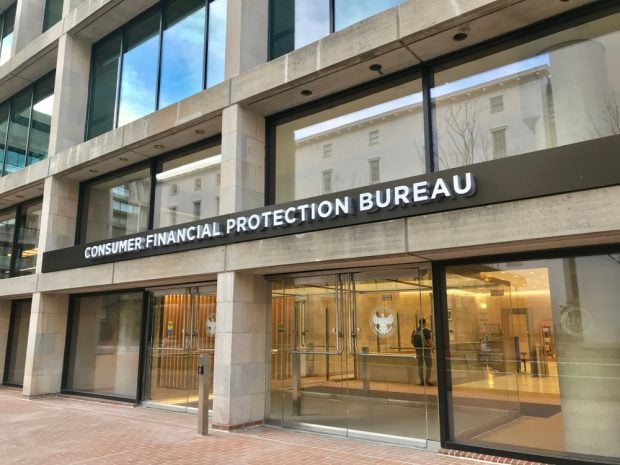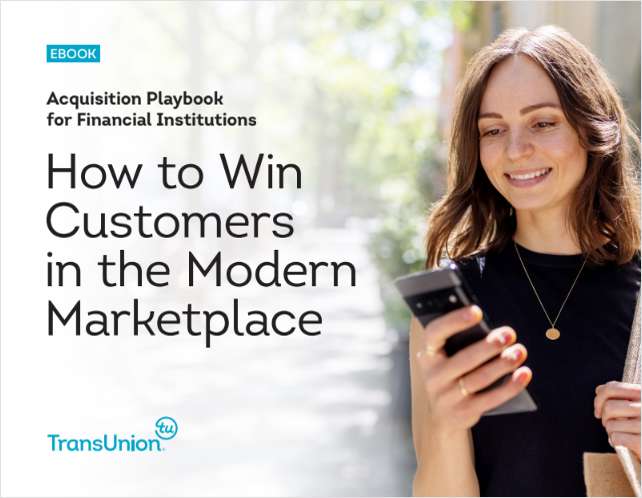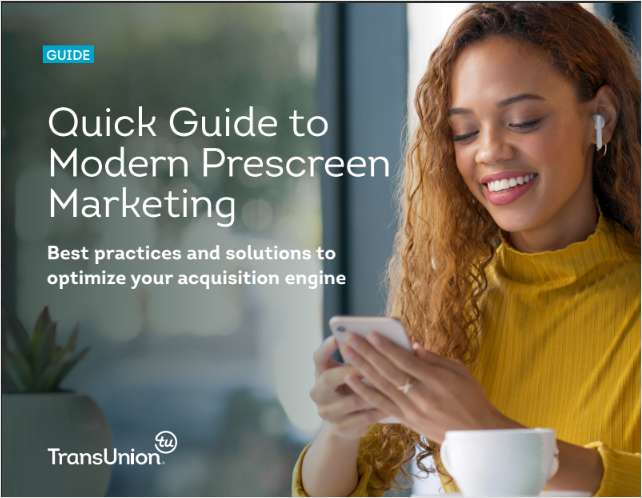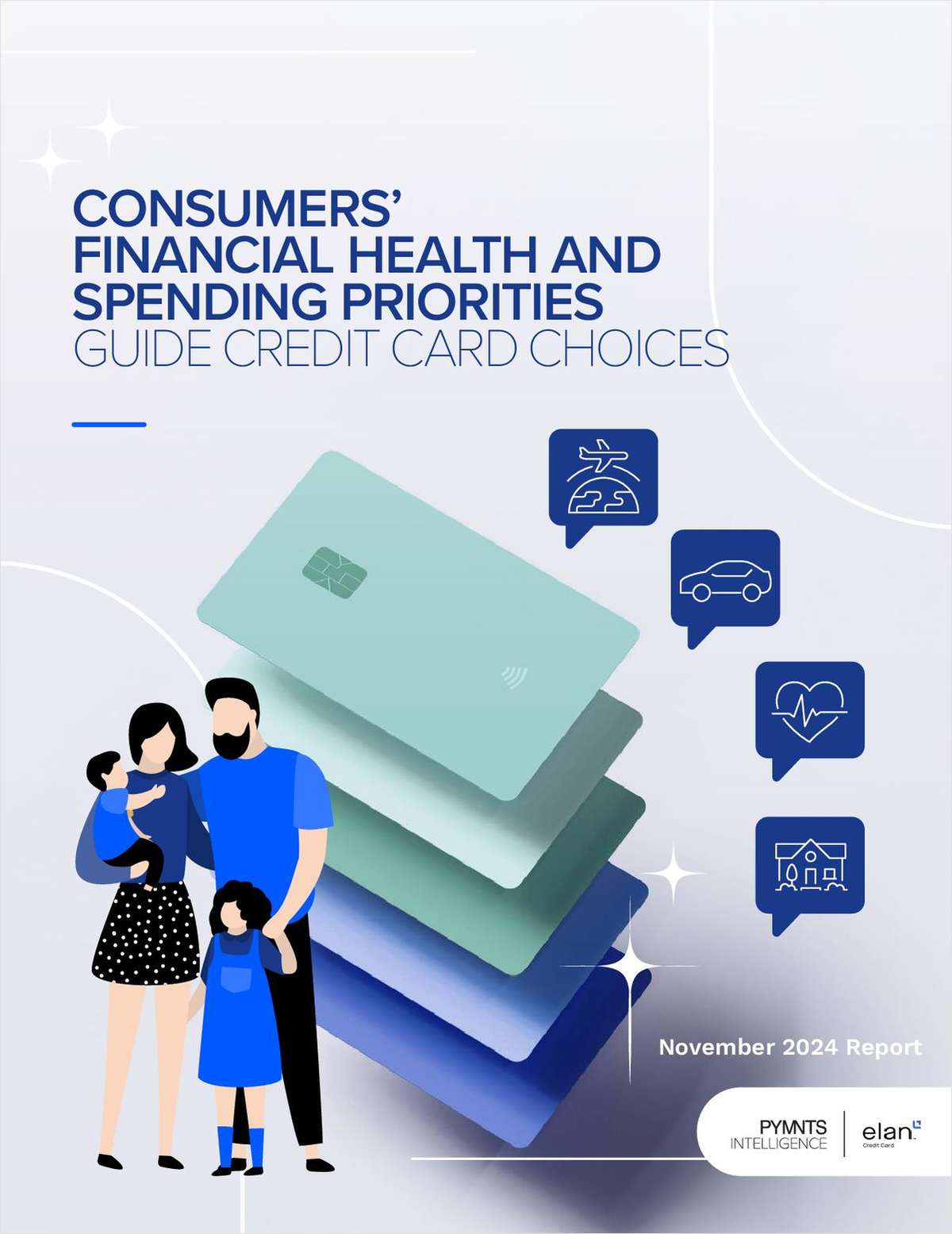 At the CUNA CFO Council's annual conference, sessions focused on the Financial Accounting Standards Board's long-anticipated Current Expected Credit Loss guidelines, the NCUA's risk-based capital rule and liquidity management.
At the CUNA CFO Council's annual conference, sessions focused on the Financial Accounting Standards Board's long-anticipated Current Expected Credit Loss guidelines, the NCUA's risk-based capital rule and liquidity management.
One session even taught social skills to improve networking, affectionately dubbed Networking for Nerds by attendees at the New Orleans event. In my experience, this group networks just fine, thank you very much – especially in New Orleans, where the bartenders are heavy handed and inhibitions quickly melt away. It was a good idea, and I regret that my flight forced me to leave before I could peek in and see if it was well attended.
However, what made this year's conference different were the sessions devoted to technology.
My favorite session focused on the cybersecurity risk members present to a credit union by professional hacker Jim Stickley. The San Diego-based cybersecurity expert demonstrated different ways credit union data can be breached; and by demonstrated, I mean he actually did it and replayed screen capture video.
For starters, Stickley wrote a malicious app and make it available for download in Apple or Android stores. The app doesn't contain malicious code, but it does require the user to make all information on the device available to the app. With the right combination of intrusive information requirements, Stickley demonstrated he was able to access the user's email and in turn gain control of bank and online retail accounts. Control over email settings allowed him to hide and reroute email warnings from banking providers that someone had changed user that passwords and other information.
Stickley also pressed the point that the days of a hacker physically accessing systems are about over. Most hackers use tools like apps that work 24/7 and deliver more bang for the buck.
Stickley also utilized a mobile app to gain access to a network via the building's Wi-Fi service. His easy access quickly rebuffed the notion that credit unions can prevent breaches by keeping mobile devices off network servers. Stickley handily bipassed wifi security, quickly taking over control of a desktop PC on the network. He referred to mobile devices as the new PCs, cautioning that despite security issues, they are quickly becoming standard tools in the workplace.
Why should CFOs care about cybersecurity? Breaches cost credit unions money, Stickley said.
And, IT frequently falls under a CFO's responsibilities in credit unions.
A less sobering presentation came from Bill Goedken, president/CEO of technology-focused financial services strategy firm idea5. You may remember Goedken as the former president of ProfitStar; he was pretty high profile back in the 1990s when his asset-liability management and profitability software was the hot new thing, eventually building up more than 2,000 clients before being acquired by Jack Henry in 2005.
Goedken's presentation showed attendees how to use big data to improve credit union strategy and decision making. Marketing was an obvious beneficiary, with Goedken's example of Facebook data on engagements driving home his point. Facebook has applied for a banking license, and could easily market lifestyle products to those members. Imagine the marketplace advantage that data provides!
He also shared a case study of a credit union in which management was resisting the board of directors' recommendation to build a new brick and mortar branch. Credit union management felt strongly that this was not the best direction for the future of the cooperative, but lacked credit union-specific supporting data.
So, the credit union turned to big data. Surprisingly, it showed that not even the 55-and-up demographic favored branching as its first choice of delivery channel, according to a 2012 American Bankers Association (I know, hold your nose but pay attention, because it's good data). Instead, 27% of AARP-eligible members preferred online banking, and only 25% preferred branches. An earlier 2008 survey showed 42% of the same age group preferred branches to only 15% that preferred the internet.
Interestingly, phone and snail mail service showed increased preference in the survey while ATMs' popularity sagged.
Statistics regarding preferred access channels for younger generations showed even greater preference for electronic access. Overall, branches still held on to the No. 2 spot, with a majority responding they want their financial institution to have some physical location open to the public somewhere. However, the trend was obvious: digital is the future, and if the future isn't here, it's rapidly approaching.
Armed with this data, credit union management negotiated with the board to build a much smaller brick and mortar branch, and further convinced the board to close a nonperforming branch. The credit union saved an estimated $300,000 in the first year and $1 million over three years. Those savings will be redirected toward improving digital delivery channels.
A session exploring the future of mobile payments and third-party provider threats to credit unions (and their interchange income), and another on whether credit union decision making is driven by data or dogma also focused on tech themes.
Technology no longer is the sole domain of IT departments. It spread to operations, then communications and lending. Now, according to the CFO Council's agenda, it's a cornerstone of effective financial management practice.
Complete your profile to continue reading and get FREE access to CUTimes.com, part of your ALM digital membership.
Your access to unlimited CUTimes.com content isn’t changing.
Once you are an ALM digital member, you’ll receive:
- Breaking credit union news and analysis, on-site and via our newsletters and custom alerts
- Weekly Shared Accounts podcast featuring exclusive interviews with industry leaders
- Educational webcasts, white papers, and ebooks from industry thought leaders
- Critical coverage of the commercial real estate and financial advisory markets on our other ALM sites, GlobeSt.com and ThinkAdvisor.com
Already have an account? Sign In Now
© 2025 ALM Global, LLC, All Rights Reserved. Request academic re-use from www.copyright.com. All other uses, submit a request to [email protected]. For more information visit Asset & Logo Licensing.









